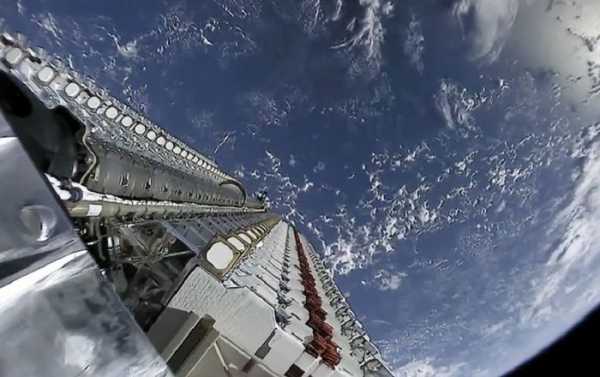
The project, designed to provide 5G internet service worldwide, has previously been criticised by astronomers and activists, who said that the myriad of satellites will pose a risk to life on Earth and hamper scientific study.
SpaceX’s Starlink project will make the detection of killer asteroids very difficult, said Dr Jonathan McDowell, an astronomer at the Harvard Smithsonian Centre for Astrophysics in an interview with the Express. McDowell noted that while the current number of satellites launched by Elon Musk’s company is merely a “pain in the neck” the scientific community can handle it, but the final number will make scientific research impossible.
“It’s unclear just how bad it’s going to be right now, but it’s not an order of magnitude away from the really bad case. So while a constellation of 300 is a pain in the neck, we can handle it – 12,000 is going to make it very difficult, especially for these asteroids”, McDowell told the Express.
These asteroids McDowell refers to are near-Earth objects, celestial bodies, that may pose a danger to the Earth due to the close proximity in which they move. Most scientific research is conducted late at night when the sky is dark. But when it comes to detection of near-Earth objects, which travel close in the sky to the Sun, researchers look for them after sunset and that is when hundreds of Starlink’s satellites illuminate the sky.
McDowell called for regulation, which he said will help solve the issue and allow the scientific community and SpaceX to work together. However, he stressed the measures that are being proposed at the moment are not effective.
SpaceX has already launched 180 satellites and plans to increase this number to 1,400 by the end of the year. The company hopes to finish the project in 2027. By then, it hopes to have launched 42,000 satellite.
Activists and astronomers say the number of satellites and their proximity to Earth pose a risk to life on Earth and hampers scientific work.
Sourse: sputniknews.com






